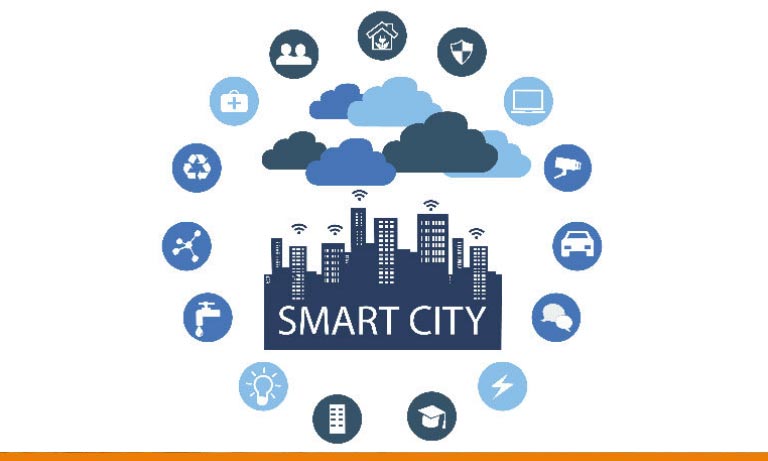Smart Cities: Enabling a Better Quality of Life
May 3, 2017Defining the Phenomenon Sweeping the World’s Major Metropolitan Areas
Toward the end of the last decade, the number of humans inhabiting the Earth crossed the seven billion mark, with the majority of people living in metropolitan areas. According to the World Health Organization, urban residents account for 54 percent of the total global population – a number that is expected to grow nearly two percent each year until 2020. As a result, it’s become critical to establish greener and more efficient technology in major metropolises.
Once the realm of science-fiction, today, “smart cities” are being established around the world, transforming how we live through the use of innovative technology and analytics. A smart city is defined by the integration of information and communication technology (ICT) and IoT devices to manage a variety of public assets, while acquiring critical data on an ongoing basis to improve the lives of its citizens.
According to research firm Frost and Sullivan, there are eight elements that comprise a smart city, including smart governance and education, smart healthcare, smart building, smart mobility, smart infrastructure, smart technology, smart energy and smart citizen. Cities that successfully integrate at least five of these eight markers receive the distinction of being a smart city. In addition, Frost and Sullivan estimates a combined market potential of $1.5 trillion globally across these various smart city categories.
The core focus of the world’s smart cities is to enable a better quality of life for all residents and visitors. Utilizing smart technology, officials gain enhanced visibility into the inner workings of the city on a granular level, enabling them to identify services needed by citizens. For example, in New York City, the LinkNYC program is in the process of transforming 7,500 former payphones into digital hubs, providing the public with free Wi-Fi, charging ports, and access to directions and city services. Boston has implemented solar-powered benches that not only allow users to charge their mobile devices, but send environmental data to government officials via advanced sensors in hopes of improving the city’s livability.
Many smart city initiatives target green technology as a cornerstone for smart urban development. These technologies include various projects such as energy-conscious remotely-controlled LED streetlights, air quality alerts for residents, and solar-powered trash compactors. One metro area in particular, Songdo, South Korea, has made green technology its main priority on its journey to becoming a smart city.
Telehouse Marketing Analyst and former Songdo resident, Akiko Ono Mueller, shared, “One of the first things you notice when you visit is that there is almost no litter in the streets. To some extent, this may be due to the strong ethic defined by an old South Korean slogan, “Hongik-Ingan,” meaning, devotion to the welfare of all mankind. But I think the lack of litter owes a lot to the rigid recycling regulation enforced by the Korean government. South Korea is trying to use two percent of its GDP to enhance its green initiatives.”
Akiko adds, “Songdo is a dynamic city that is both futuristic and smart. Scheduled for completion in 2020, the area is currently being developed before people move in, which is a bit different from the traditional model where cities evolve around residents’ needs. Someday I hope to visit again to witness how Songdo and its people have grown together to create an even smarter city.”
With data center facilities located throughout multiple smart cities, including London, Tokyo and New York, Telehouse is enabling the adoption of IoT technology and smart urban development projects. If you would like to learn more about smart cities and discover the ways in which they rely upon local, highly-connected data centers, please stay tuned for Telehouse’s upcoming white paper scheduled for release later this month.


